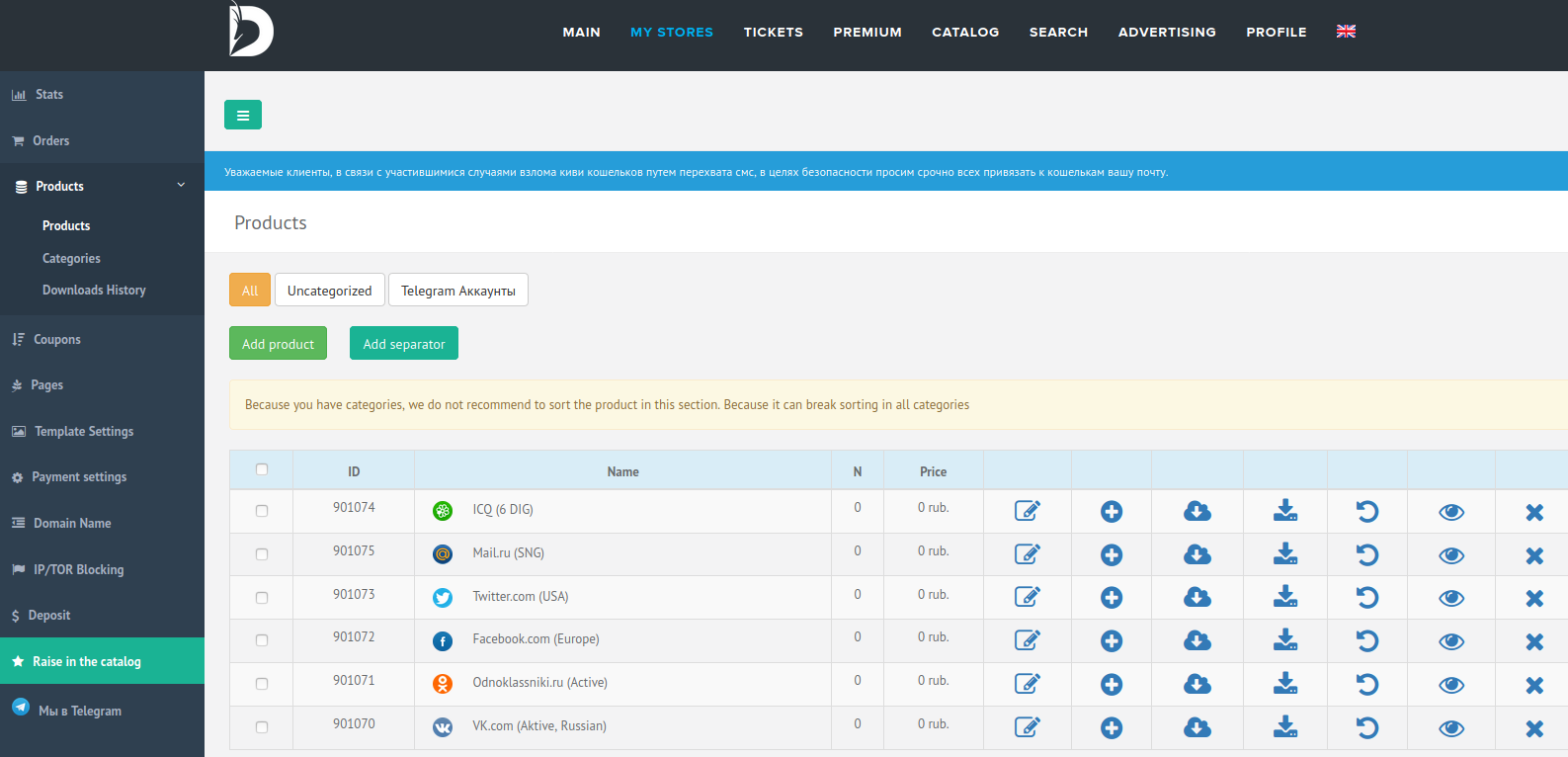Microsoft Patch Tuesday, March 2020 Edition
Microsoft Corp. today released updates to plug more than 100 security holes in its various Windows operating systems and associated software. If you (ab)use Windows, please take a moment to read this post, backup your system(s), and patch your PCs.
All told , this patch batch addresses at least 115 security flaws. Twenty-six of those earned Microsoft’s most-dire “critical” rating, meaning malware or miscreants could exploit them to gain complete, remote control over vulnerable computers without any help from users.
, this patch batch addresses at least 115 security flaws. Twenty-six of those earned Microsoft’s most-dire “critical” rating, meaning malware or miscreants could exploit them to gain complete, remote control over vulnerable computers without any help from users.
Given the sheer number of fixes, mercifully there are no zero-day bugs to address, nor were any of them detailed publicly prior to today. Also, there were no security patches released by Adobe today. But there are a few eyebrow-raising Windows vulnerabilities worthy of attention.
Recorded Future warns exploit code is now available for one of the critical bugs Redmond patched last month in Microsoft Exchange (CVE-2020-0688), and that nation state actors have been observed abusing the exploit for targeted attacks.
One flaw fixed this month in Microsoft Word (CVE-2020-0852) could be exploited to execute malicious code on a Windows system just by getting the user to load an email containing a booby-trapped document in the Microsoft Outlook preview pane. CVE-2020-0852 is one just four remote execution flaws Microsoft patched this month in versions of Word.
One somewhat ironic weakness fixed today (CVE-2020-0872) resides in a new component Microsoft debuted this year called Application Inspector, a source code analyzer designed to help Windows developers identify “interesting” or risky features in open source software (such as the use of cryptography, connections made to a remote entity, etc).
Microsoft said this flaw can be exploited if a user runs Application Inspector on a hacked or booby-trapped program. Whoops. Animesh Jain from security vendor Qualys says this patch should be prioritized, despite being labeled as less severe (“important” versus “critical”) by Microsoft.
For enterprises, Qualys recommends prioritizing the patching of desktop endpoints over servers this month, noting that most of the other critical bugs patched today are prevalent on workstation-type devices. Those include a number of flaws that can be exploited simply by convincing a Windows user to browse to a malicious or hacked Web site.
While many of the vulnerabilities fixed in today’s patch batch affect Windows 7 operating systems, this OS is no longer being supported with security updates (unless you’re an enterprise taking advantage of Microsoft’s paid extended security updates program, which is available to Windows 7 Professional and Windows 7 enterprise users).
If you rely on Windows 7 for day-to-day use, it’s probably time to think about upgrading to something newer. That might be a computer with Windows 10. Or maybe you have always wanted that shiny MacOS computer.
If cost is a primary motivator and the user you have in mind doesn’t do much with the system other than browsing the Web, perhaps a Chromebook or an older machine with a recent version of Linux is the answer (Ubuntu may be easiest for non-Linux natives). Whichever system you choose, it’s important to pick one that fits the owner’s needs and provides security updates on an ongoing basis.
Keep in mind that while staying up-to-date on Windows patches is a must, it’s important to make sure you’re updating only after you’ve backed up your important data and files. A reliable backup means you’re not losing your mind when the odd buggy patch causes problems booting the system.
So do yourself a favor and backup your files before installing any patches. Windows 10 even has some built-in tools to help you do that, either on a per-file/folder basis or by making a complete and bootable copy of your hard drive all at once.
As always, if you experience glitches or problems installing any of these patches this month, please consider leaving a comment about it below; there’s a better-than-even chance other readers have experienced the same and may chime in here with some helpful tips. Also, keep an eye on the AskWoody blog from Woody Leonhard, who keeps a close eye on buggy Microsoft updates each month.
Update, 7:50 p.m.: Microsoft has released an advisory about a remote code execution vulnerability in the way that the Microsoft Server Message Block 3.1.1 (SMBv3) protocol handles certain requests. Critical SMB (Windows file-sharing) flaws are dangerous because they are typically “wormable,” in that they can spread rapidly to vulnerable systems across an internal network with little to no human interaction.
“To exploit the vulnerability against an SMB Server, an unauthenticated attacker could send a specially crafted packet to a targeted SMBv3 Server,” Microsoft warned. “To exploit the vulnerability against an SMB Client, an unauthenticated attacker would need to configure a malicious SMBv3 Server and convince a user to connect to it.”
Microsoft’s advisory says the flaw is neither publicly disclosed nor exploited at the moment. It includes a workaround to mitigate the flaw in file-sharing servers, but says the workaround does not prevent the exploitation of clients.


















